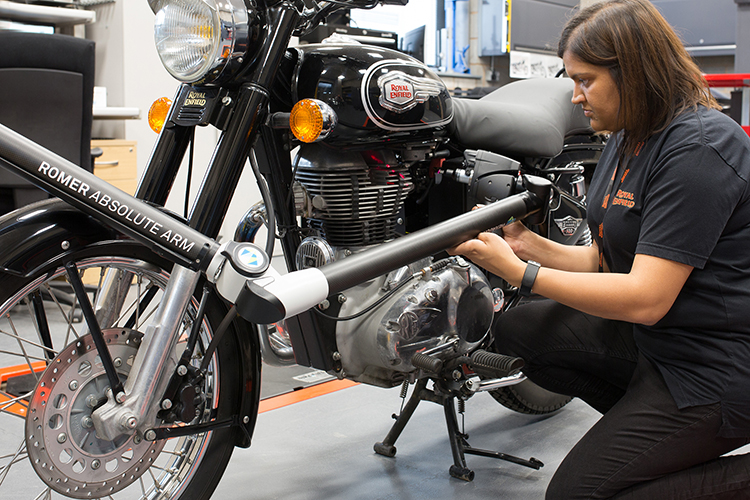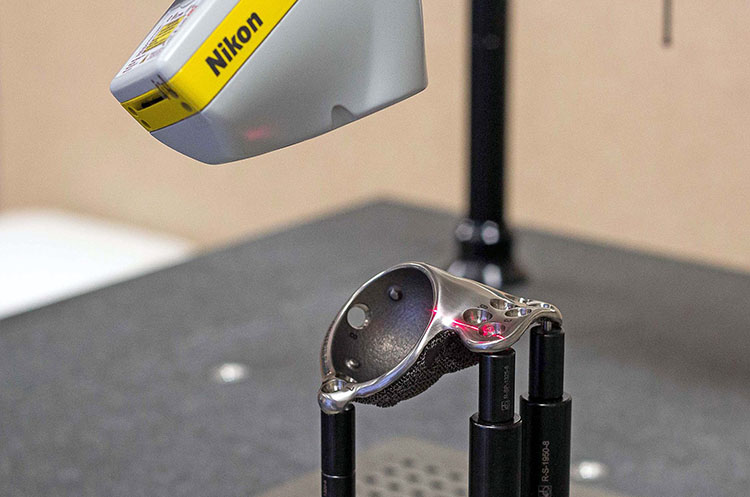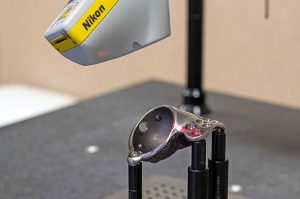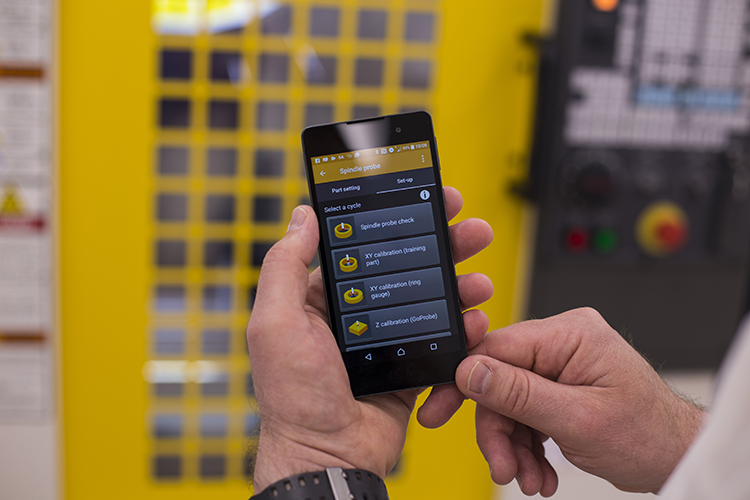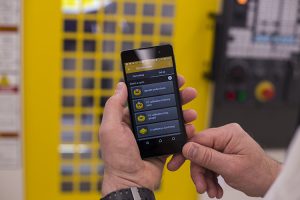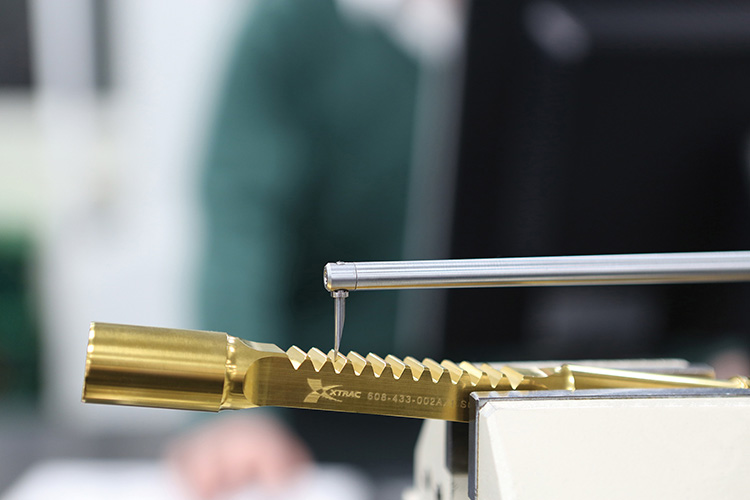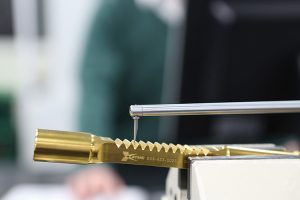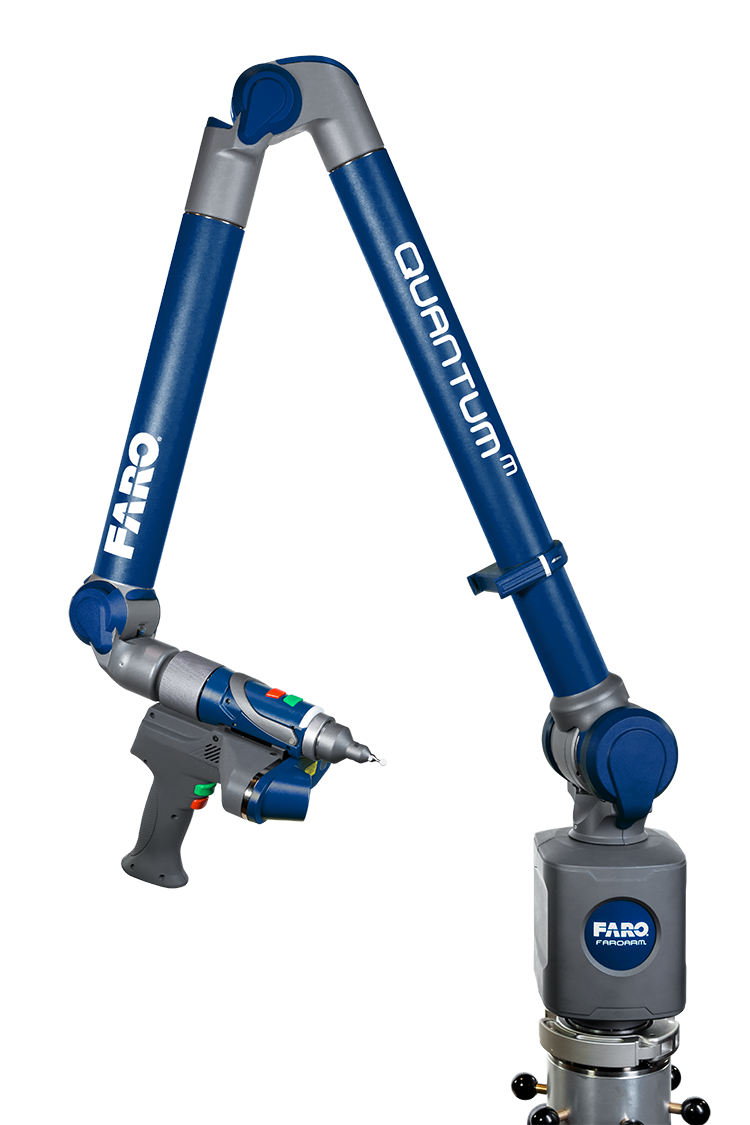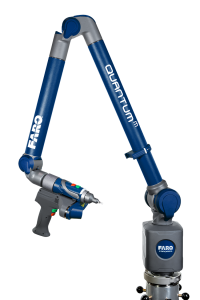Prestige motorcycle manufacturer Royal Enfield has boosted productivity and improved quality control checks thanks to a Romer portable measuring arm from Hexagon Manufacturing Intelligence. Engineers are using the equipment for a range of scanning and inspection tasks at its new research and design facility in Leicestershire.
The 3 m arm’s capabilities have impressed the chassis development team as it allows the inspection and scanning of some motorcycles in a single exercise without the need to move and reposition the kit. For other motorcycles, leapfrogging using the arm and Polyworks software is said to be quick and easy.
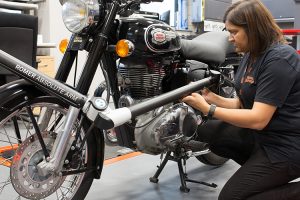
Inspection data is not only used to verify prototype motorcycles in relation to their CAD intent, but also to check production tolerances offline and build quality, as Chris Hunt, chassis development project engineer, explains: “The Romer arm has helped us to improve accuracy, reduce user error and save time. It’s both quick and user-friendly. Also, Hexagon’s training and technical support services are very good and staff are always on hand to guide us through any problems and new challenges.”
Dave King, Royal Enfield’s motorcycle accessories quality assurance manager, favoured the Romer arm over competitor models mainly because of its calibration feature: “We required a portable measuring arm for scanning prototype parts to confirm accuracy and benchmark our products for design development, so the calibration feature was a key point for me.
“The Romer arm’s calibration bar and process are particularly beneficial to our operations as a lot of uncertainty on the measuring system is removed,” he adds.
For further information www.hexagonmi.com






